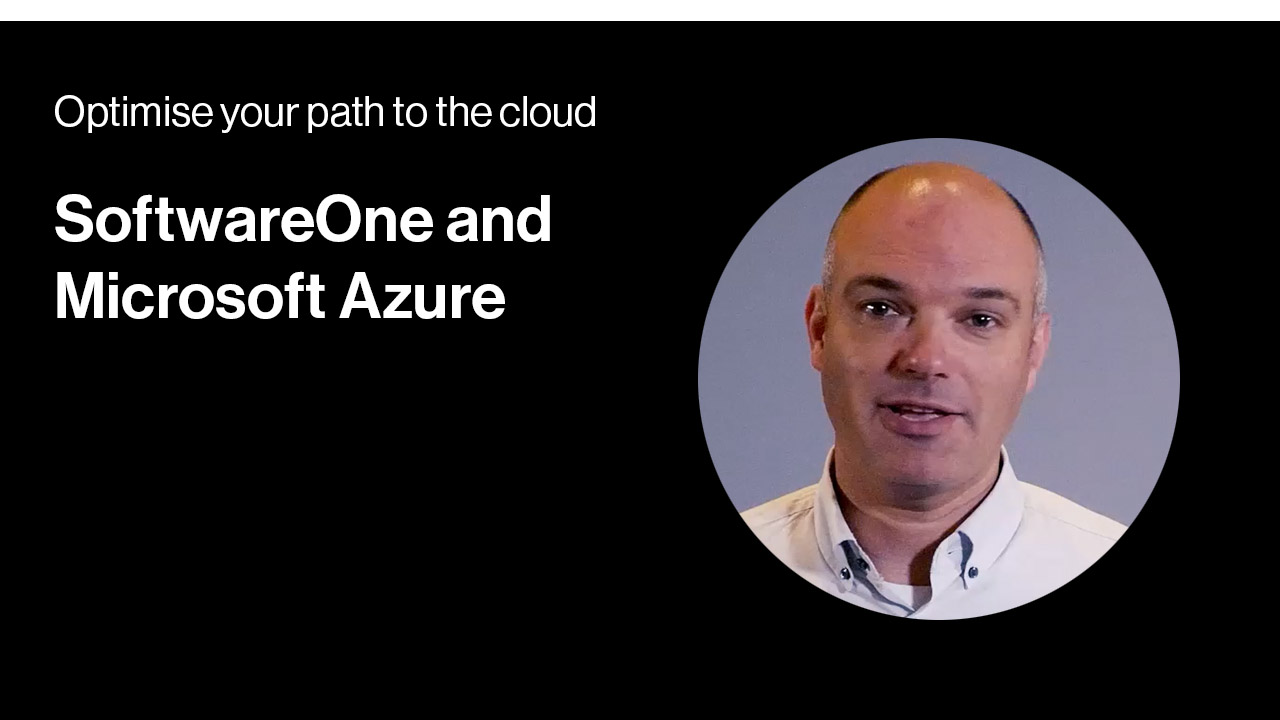What about the multi-cloud option?
Because the cloud makes it so easy to switch services on and off as needed, some organisations believe there’s value in using more than one hyperscaler at once.
It’s true that large enterprises might have a range of complex requirements where this approach makes sense. But for most of the medium-sized businesses and small enterprises that SoftwareOne serves, this tends to be needlessly expensive and complicated. It’s better to identify the one cloud provider that best meets your requirements and focus on it as your primary platform. That doesn’t mean other platforms cannot be used if there is a very specific use-case or requirement, but narrowing your security, compliance and cost focus for the majority of your workloads to a primary platform can dramatically simplify your cloud operations approach.
Despite the constant hype in the industry, if you haven’t started your cloud journey at all yet, don’t think that means it’s too late to begin – there are still many organizations like yours in the same situation. The good news is, with SoftwareOne you’ll have a lot of past migration experience to draw on, which will help you to avoid some of the pitfalls that early adopters of cloud encountered.


